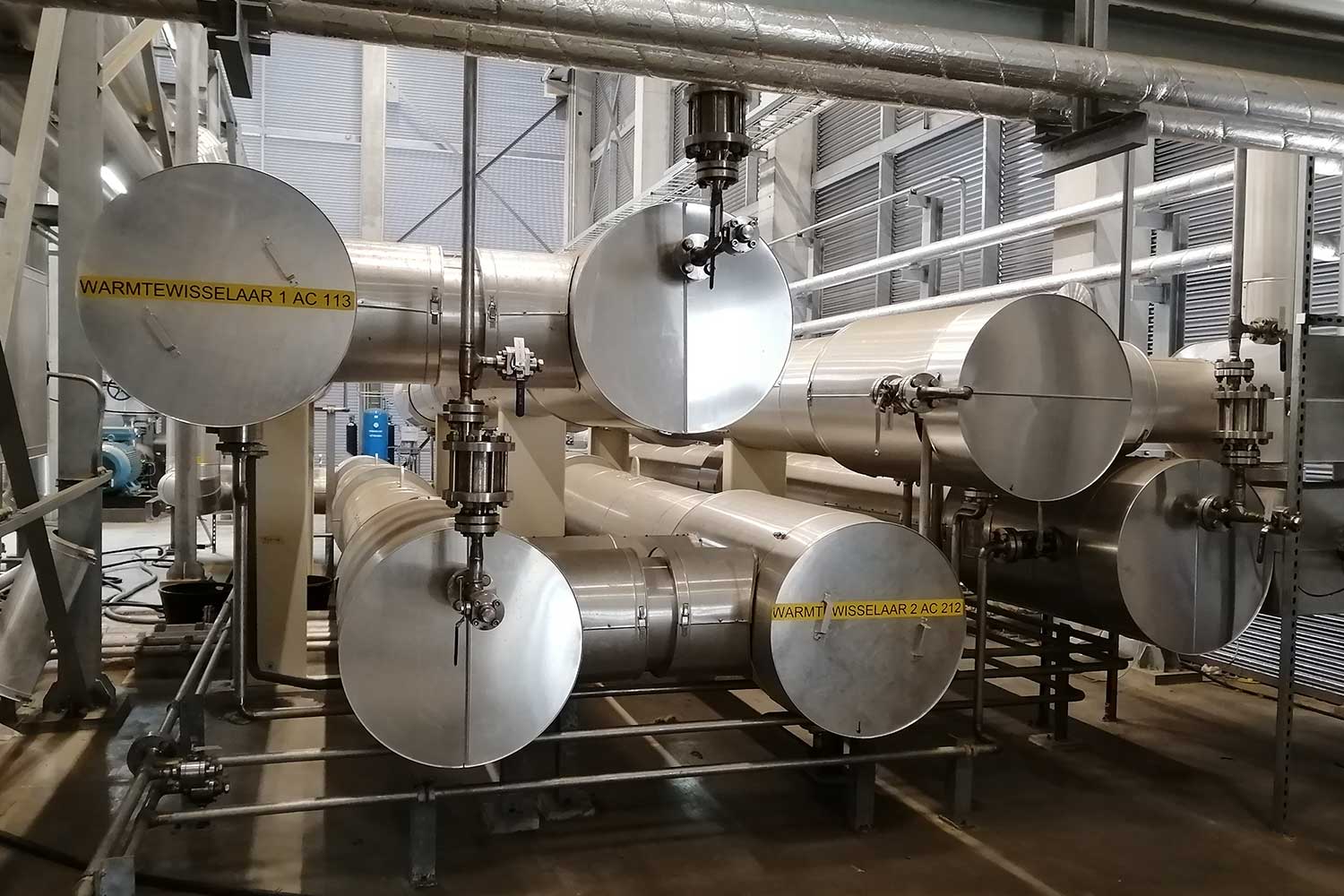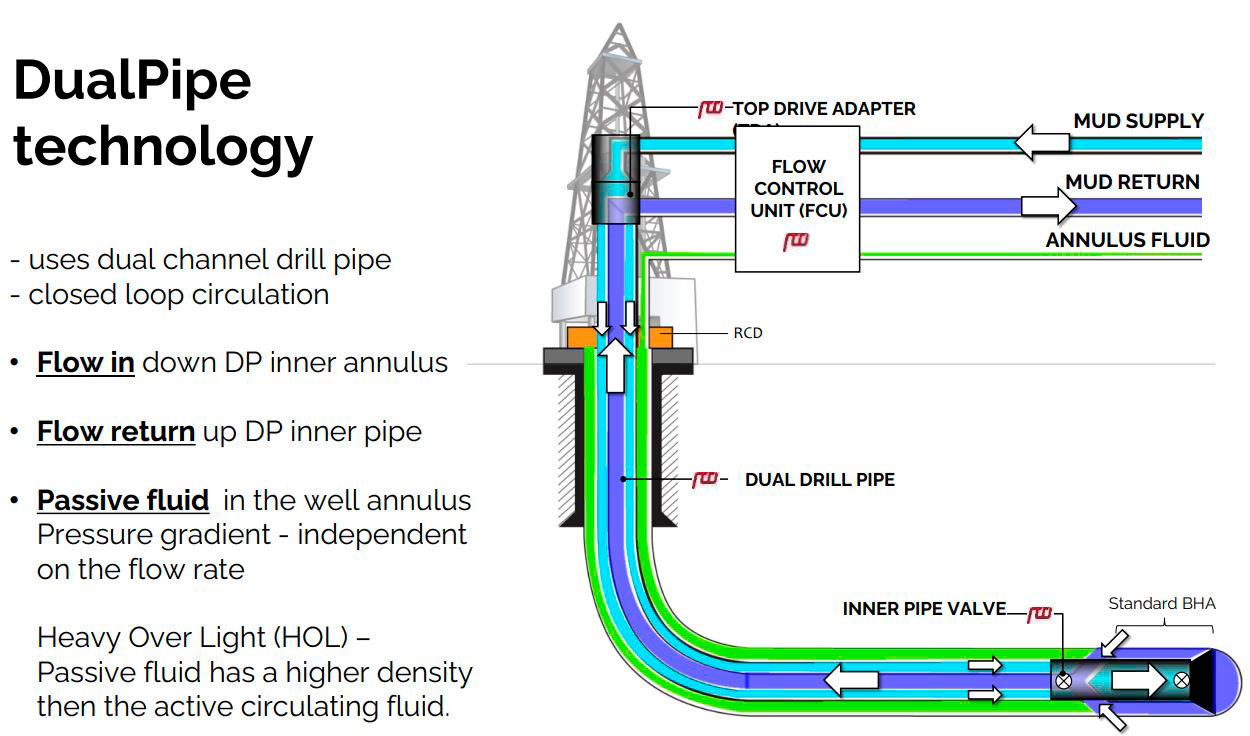IN A NUTSHELL

Geothermal energy has a large potential as a clean renewable energy source. The conventional technology is mainly based on heat extraction from hot permeable aquifers. Such aquifers are hard to find, limit the applications and imply high cost and risks. The proposed project aims to mitigate this challenge. The idea is to use an innovative horizontal closed loop solution for the extraction of heat from deep or shallow formation rocks. The solution is based on new drilling technology and solves the challenges of conventional construction of geothermal wells. The solution will improve the power production due to extended reach horizontal drilling with a large hole size. Further improvement is expected to be achieved by use of alternative circulation fluids to water, such as CO2 based fluids. It is expected that the solution can reduce the Levelized Cost of Energy (LCOE) compared to the conventional solution and meet the SET plan targets.
The project will develop the tools to enable the proposed geothermal solution and demonstrate the technology in a full-scale test operation to TRL5. The work will cover the development and validation of models for the heat flow and investigate the possibility for improving the electricity production by using alternative fluids to water. The work will also cover the investigation of potential EU pilot sites, environmental assessment, and the social acceptance.


It is expected that the solution will enable exploitation of geothermal energy sources in new regions with- or without good hydrothermal reservoirs. The solution is foreseen to be integrated with other renewables to improve the reliability of the power supply and grid stability, and to be applicable to a variety of geological conditions. It is also expected to solve the main issues of geothermal energy related to emissions, seismicity, and environmental aspects.
Our goals
Demonstrate a novel geothermal closed loop solution for deep or shallow formation rocks
Verify the capability for improved electrical energy production by use of alternative fluids to water
Identify suitable applications for the solution for various underground environments in Europe
Verify adaptation to surface energy utilities and environmental-, economic-, and social sustainability




